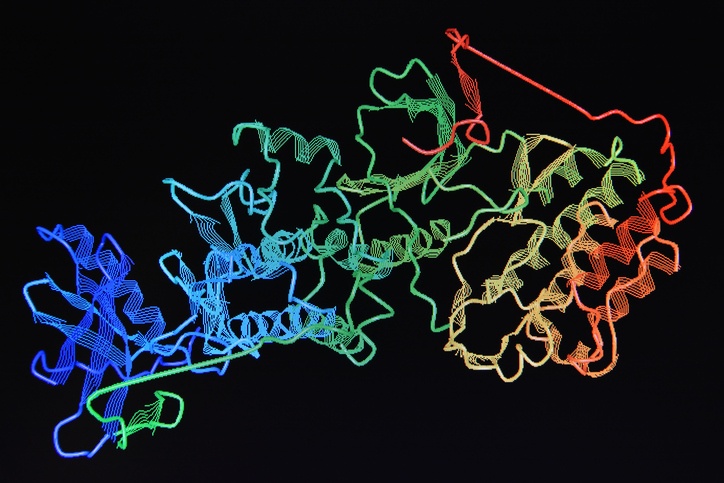Modern drug discovery utilizes libraries of purified proteins. These proteins are screened by libraries of small molecule drug precursors. This combinatorial screening process greatly speeds up the identification of new drug molecules.
Once a ‘hit’ is identified, the drug precursor moves to further stages of development where efficacy and toxicology are assessed. However, new drugs spend an average of six to seven years in pre-clinical trials. Only 8% of these drugs make it through to the FDA approval stage. The proteins used in the initial drug discovery steps must be as pure as possible, and the structural features must be preserved as protein function is highly dependent on tertiary structure.
The protein libraries for drug discovery require careful analysis of protein tertiary structure by x-ray crystallography and nuclear magentic resonance. These techniques require a purified protein sample. It would be difficult to isolate enough pure protein from native environments for these techniques, so recombinant proteins are often used. Recombinant proteins are generated by E. coli or yeast cells. The genetic sequence of the protein is inserted into these organisms in the laboratory. It is then transcribed, translated, and produced by the host organism’s molecular machinery.
Of course, these steps of the drug discovery process can only occur once disease phenotypes are described, biochemical pathways are elucidated, and potential protein targets are identified. These steps also require isolation and purifaction of the enzymes, kinases, ligands, growth factors, and other players in the disease pathway. These steps also require careful protein purification and analysis. The coding sequence for potential targets must be identified before recombinant proteins can be made in bulk. Additionally, it is important to consider whether or not there are any post translational or epigenetic modifications that govern the protein’s function. This is why initial drug molecules identified during the screening process must be extensively tested in cell lines and in vivo environments before going to clinical trials.
Other uses for purified proteins
Pure proteins are essential to the production of many products in modern society. This is particularly true in the food and cosmetic industries. Fruit juices, baked goods, alcoholic beverages, and textiles all require purified enzymes for their production. Additionally, medical products like insulin are purified proteins. Cosmetics tout the age-defying properties of added peptides to improve skin tone. Protein purifica1 1/2 cup buttermilk – room temperaturetion, characterization, and preservation are central to our understanding of health, nutrition, medicine, and advacement as a society. It is important that these processes are regulated to ensure quality, resproducibility, and safety.
Related articles:





